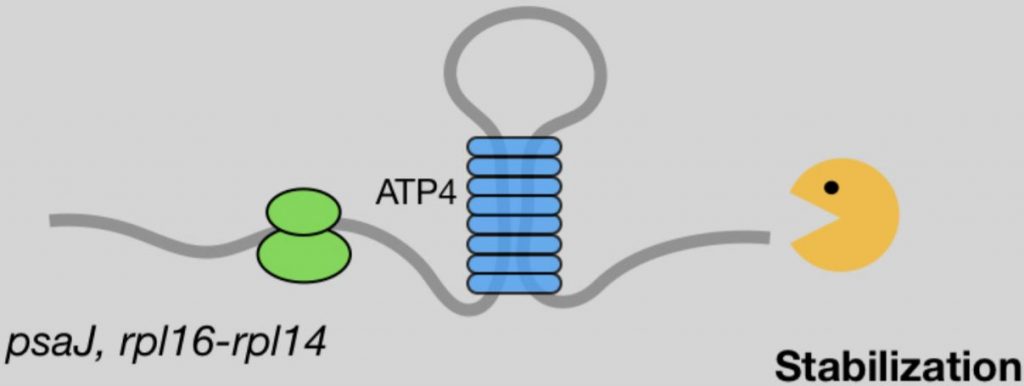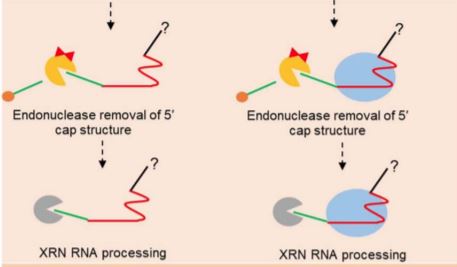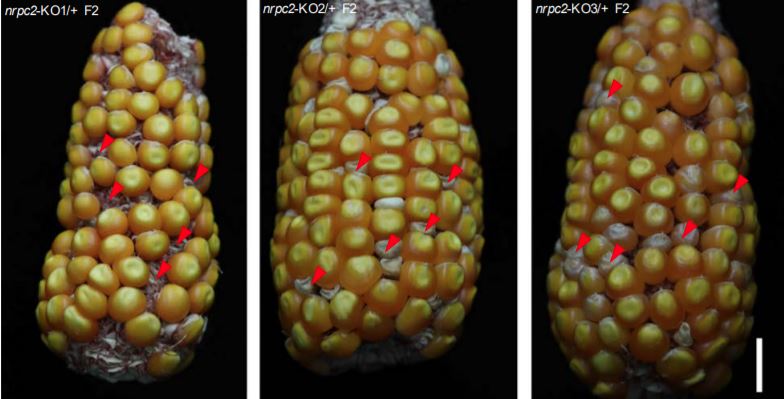
An RNA world (Profile of David Baulcombe)
Community, Plant Science Research WeeklyAnnual Reviews editions typically start with a brief autobiographical essay by a noted scientist. The 2023 edition of Annual Reviews in Plant Biology includes a profile of David Baulcombe, the well-known scientist whose work was foundational in revealing the roles of small RNAs in gene regulation and…

Review: Open questions in plant RNA biology
Plant Science Research WeeklyThe May 2023 issue of The Plant Cell has a focus on RNA biology, and some of the articles for this issue are online now. I particularly enjoyed this multi-author perspective review by Manavella et al., in which 12 RNA biology groups from across the globe share the questions that they find most compelling…

How to make an extraordinary machine: SMALL ORGAN 4 regulates ribosome biogenesis in plants
Blog, Plant Physiology, Plant Physiology: News and Views, ResearchRibosomes are essential molecular machines in the cell that translate mRNA sequences into proteins. Growing parts of an organism produce many ribosomes, so that after each cell division both daughter cells have enough to translate the proteins necessary for growth and development. Defects in ribosomes…

Expanded function of the P-type pentatricopeptide repeat protein ATP4 in RNA editing
Blog, Plant Physiology, Plant Physiology: News and Views, ResearchTianhu Sun
ORCID ID: 0000-0002-2513-1387
Plant Breeding and Genetics Section, School of Integrative Plant Science, Cornell University, Ithaca, New York 14853
[email protected]
Chloroplasts are semi-autonomous organelles that retain their own genomes derived from their cyanobacterial ancestors,…

Slice and Dice: DCL2 Mediates the Production of 22-nt siRNAs That Influence Trait Variation in Soybean
Blog, Research, The Plant Cell, The Plant Cell: In BriefIn plants, small interfering RNAs (siRNAs) serve as key regulators of gene expression. While 24-nucleotide (nt) siRNAs are produced by DCL3 and mediate transcriptional silencing of transposons and pericentromeric chromatin through RdDM (Borges and Martienssen, 2015), 22-nt siRNAs are processed by DCL2…

Excising the mystery of single guide RNA processing
Blog, Plant Physiology, Plant Physiology: News and Views, ResearchSophia G. Zebell
Howard Hughes Medical Institute, Cold Spring Harbor Laboratory, Cold Spring Harbor, NY, USA
[email protected]
Over the past 10 years, utilization of CRISPR-Cas9 genome editing in plants has rapidly and significantly altered the scale and scope of both basic research and crop development.…

Callose deposition during pollen development
Blog, Plant Physiology, Plant Physiology: News and Views, ResearchMadeleine Seale
University of Oxford
[email protected]
Callose is a cell wall component that is dynamically deposited and degraded during pollen development. Thanks to a new paper investigating pollen formation in cotton (Gossypium hirsutum), we now know that a pollen-specific protein…

A novel Trojan horse for molecule delivery into plants
Blog, Plant Physiology, Plant Physiology: News and Views, ResearchMarc-Sven Roell1
ORCID ID: 0000-0003-2714-8729
1Institute of Plant Biochemistry, Heinrich-Heine University Düsseldorf, Universitätsstrasse 1, 40225 Düsseldorf, Germany
[email protected]
The agronomic application of nanotechnology harbors huge potential for future agriculture (Landry…

Maize RNA Polymerase III Subunit NRPC2: New Kid on the Kernel Development Block
Blog, Plant Physiology, Plant Physiology: News and Views, ResearchDhineshkumar Thiruppathi 1,2
ORCID ID: 0000-0002-2018-3356
Donald Danforth Plant Science Center,
Saint Louis, Missouri 63132
1Senior author
2Author for contact: [email protected]
Seed (kernel) size affects evolutionary fitness and crop yield. In angiosperms, seed size…

